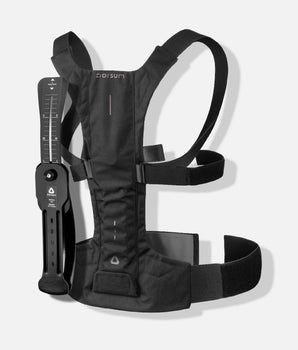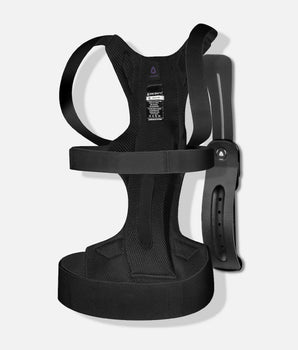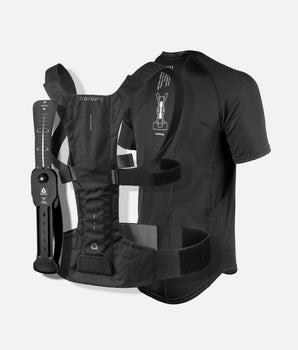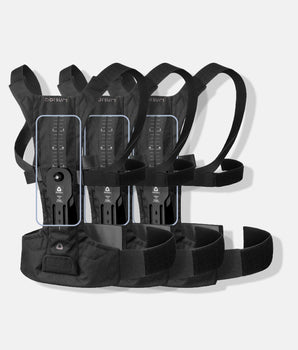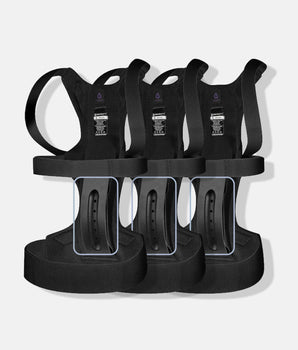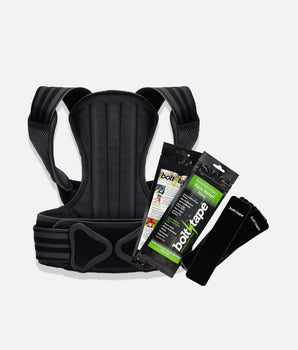This is probably the most important topic we'll cover; how to identify the different types of pain and how your body communicates the level of severity.
You might be starting a new workout routine for this new year to become stronger & healthier, or hesitant to start one if you have recently experienced pain. Learning to recognize your pain can make the difference in knowing:
- When to start your workouts.
- How high or low to set your goals.
- How fast or slow to push your body.
- The difference between soreness vs. injury.
- What to give your body to properly recover and heal.
If you struggle with discomfort or pain in your back and shoulders, working out can be the last thing on your mind. However, as counterintuitive as it may seem, working out can be one of the best things that you can do to prevent back and shoulder pain, bad posture, or even serious damage in the future.
Knowing what exercises to do, how to incorporate them into your day, and when to give yourself a break can be the difference between a productive and comfortable day or a trip to the chiropractor.
Learn to Recognize Pain
Whether you’re a weightlifter, an athlete, or just have a demanding job, you know what it’s like to work through pain. Sometimes it’s what you have to do, and other-times it can actually make you feel better. However, that depends on the kind of pain that you have.

If you have a dull, aching pain that feels like it’s coming from a large area, this is just post-exercise soreness. It comes from light wear-and-tear and the natural build-up of waste products in your muscles from exercise. Doing light, flowing exercises like stretching can help to make this kind of pain go away. Not much to worry about, just light monitoring is required to know when the muscle is ready for the next workout.
If you have a sharp, stabbing pain that feels like it’s coming from a very small area, this could be the result of a muscle or tendon tear or rupture. This is serious. Try to rest and ice the area rather than working it. If the pain doesn’t go away or gets worse after a couple of days, talk to your trainer or your general care provider.




